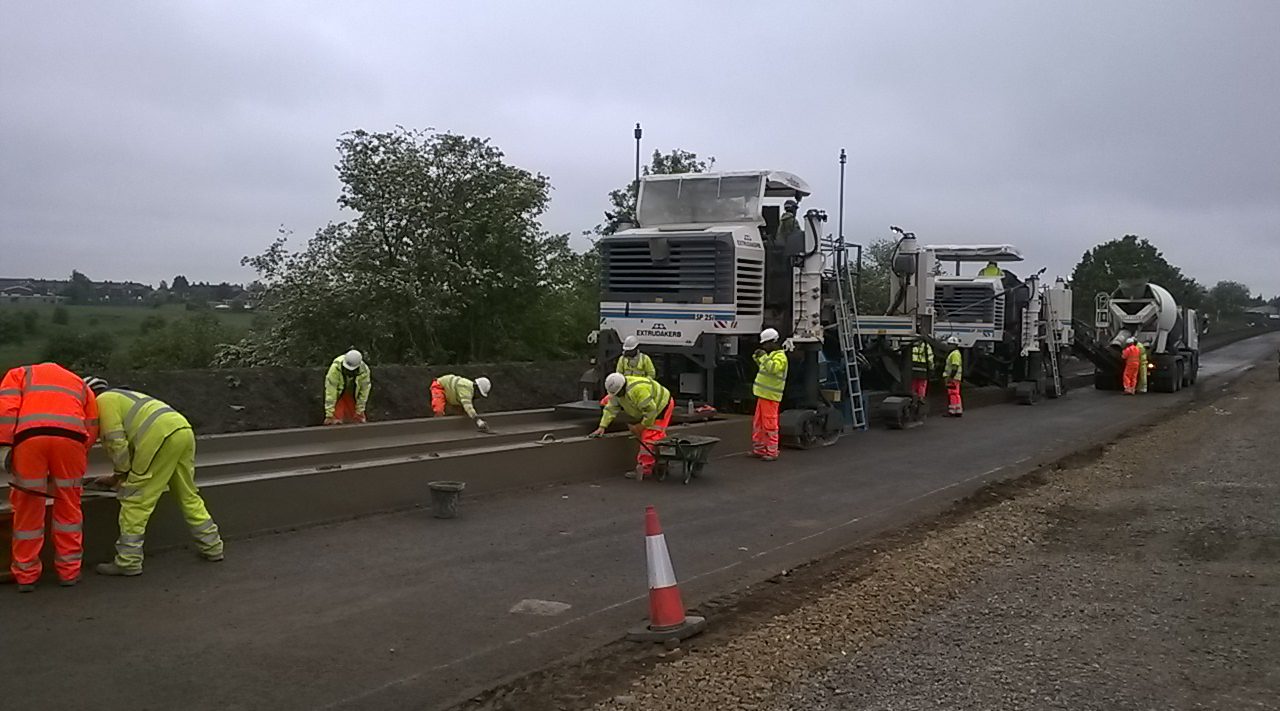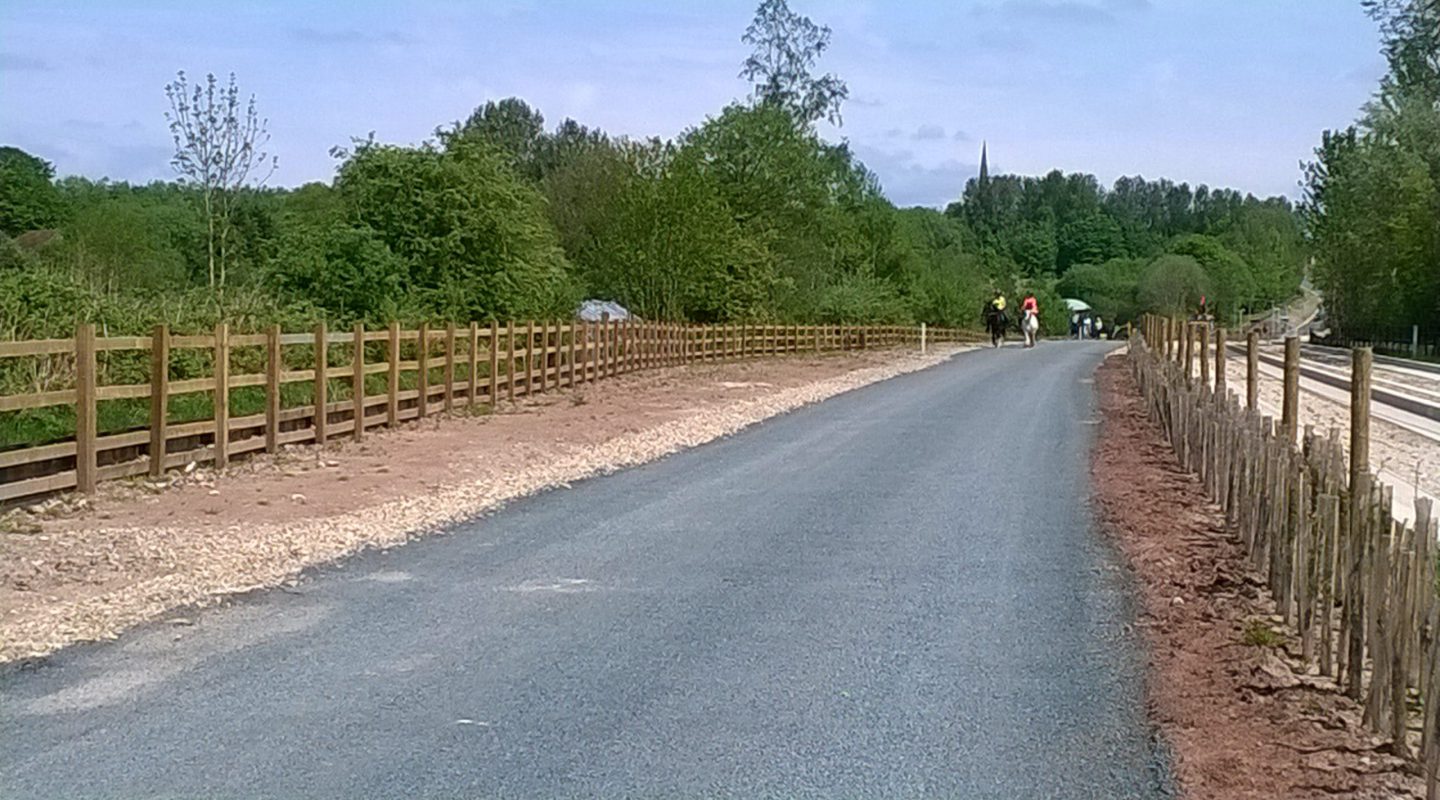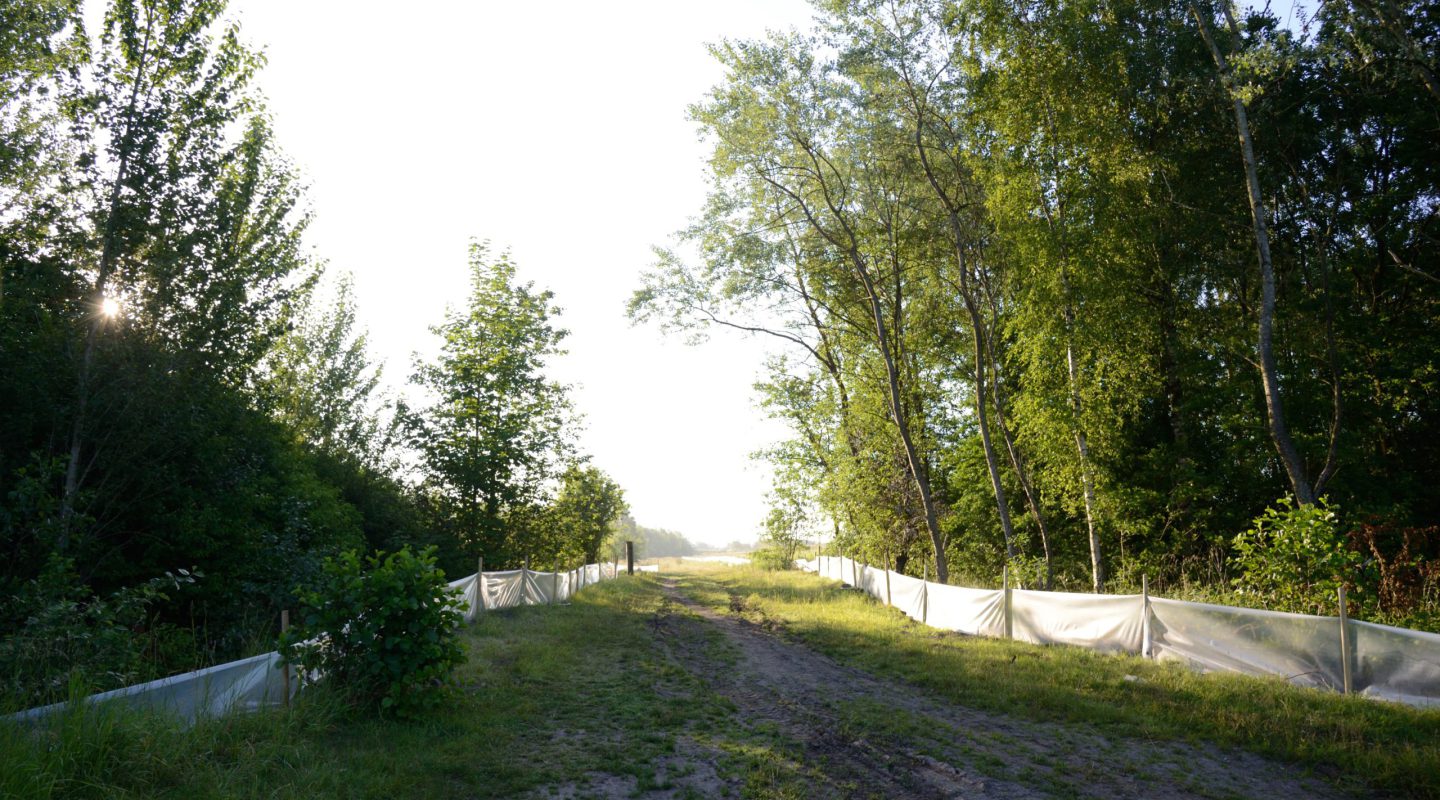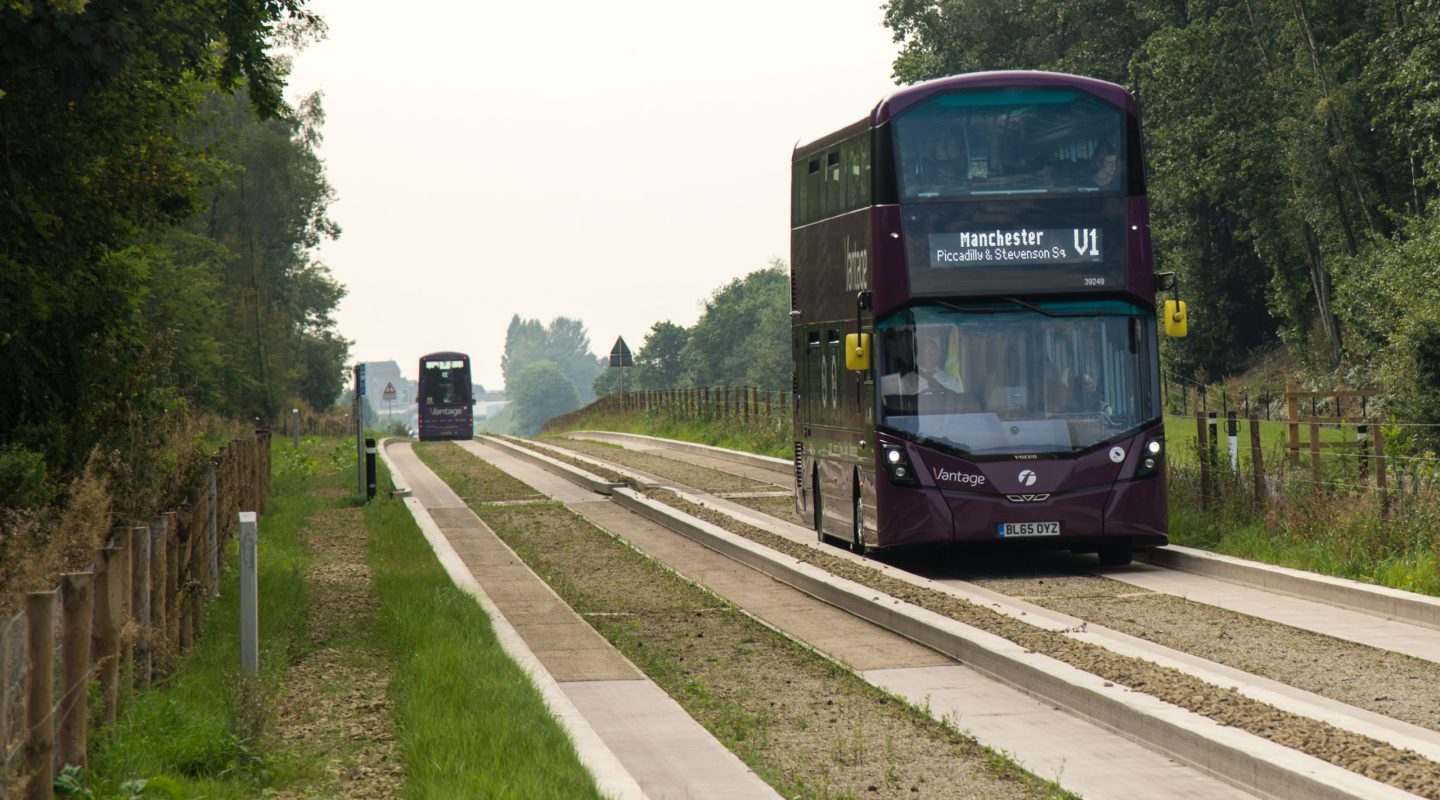New guided busway from Leigh to Manchester awarded CEEQUAL Excellent
Overview
The Leigh to Ellenbrook guided busway provides bus infrastructure improvements between Leigh-Salford and Manchester. It’s part of the Greater Manchester Bus Priority Package. This programme of bus infrastructure improvements across Greater Manchester aimed to reduce journey times and improve reliability for thousands of bus passengers each day.The project was awarded an Excellent rating by CEEQUAL (now BREEAM Infrastructure).
About
Transport for Greater Manchester (TfGM) is the local government body responsible for transport including buses, trams and trains.
Background
The busway incorporates seven pairs of stops and two Park & Ride sites. A multi-user path runs parallel to the track which provides amenity for pedestrians, cyclists and horse riders.
The busway follows the route of a disused railway line. Construction began in September 2013 with the first passenger service starting in April 2016. The track was constructed using slipformed concrete rather than pre-formed concrete slabs which helps to ensure a smooth passenger experience.
The aim of the guided busway was to provide a viable alternative to the private car as a means of accessing the various work, leisure and healthcare opportunities situated along the Leigh-Salford-Manchester corridor. The disused railway line formed a linear park previously and so it was important that the design of the guided busway not only catered for, but actively encouraged, those wishing to make local non-motorised journeys.
Additionally, through pre-construction and delivery the project aimed to reduce the use of natural resources in construction and provide social benefits to the local community. Successes included reducing water usage by 90% by utilising innovative technologies, hosting work placements, undertaking school visits, providing local apprenticeship and employment opportunities and undertaking a number of volunteering and charitable activities.
Solutions
Due to the scale of the project, the team faced varied challenges. The achievements which contributed to the CEEQUAL rating included reducing waste, protecting habitats and saving water, as well as helping its end customers make more sustainable journeys by using the busway.
Balancing cut and fill
As the guided busway was constructed on a disused railway line there was a significant amount of earthworks required to deliver an at-grade solution, thereby maximising benefits for passengers. A cut and fill exercise identified approximately 131,335 sqm of material which needed either to be used or disposed of. Around 69,000 sqm of this material could be reused in construction. To minimise the amount of material taken to landfill, around 53,000 sqm of material was used to create a community woodland on an adjacent Forestry Commission site. This greatly reduced the number of vehicle miles accumulated in the transportation of the material and thus reduced the carbon footprint of construction. This approach also greatly reduced inconvenience to the neighbouring communities.
Protecting habitats
During pre-construction surveys, a number of Great Crested Newt (GCN) populations were found near the route. The project team put together a plan to minimise negative impacts on the GCN population, which began with a relocation exercise and the erection of amphibian fencing to protect the populations during construction. Two amphibian tunnels under the busway and several new ponds were provided to mitigate against the potential severance caused by the busway. A GCN monitoring strategy is now in place to record changes in the population, which will assess the success of the implemented mitigation measures and inform whether any further measures are required.
Minimising water use
The guided busway track was constructed by Extrudakerb, working with Balfour Beatty, using a slipforming technique. In order to minimise water use during the track construction process an innovative solution was developed which resulted in a 90% reduction in water consumption. The solution involved a modified water treatment unit being towed behind the grinding machine which reduced daily water use from 9,000 litres to 1,000 litres. Over the entire construction project this approach saved around 720,000 litres of water.
Achieving modal shift
In its first full year of operation, the guided busway carried in excess of 2.1 million passengers, a significantly higher level than expected. Current demand for the service is over 55,000 passenger journeys per week. Additionally, passenger surveys indicate a modal shift from car to bus to in the region of 20%.
The multi-user path (MUP) which runs the length of the guided busway has been a huge success in its own right. Surveys indicate that around 220,000 trips are made on the MUP every year, 160,000 by foot and 60,000 by cycle. Notably, around 10% of those surveyed said they would have made their trip by car previously and 58% said the construction of the MUP had led to them leading a significantly healthier lifestyle.
Benefits
The tenets of CEEQUAL were integral throughout the design, construction and operation of the guided busway. Compiling evidence for the submission served as an educational tool, enabling project team members to reflect on success and failures and highlight where environmental record keeping needs to be improved. On future projects, greater reference will be made to CEEQUAL evaluation criteria which will ultimately improve the environmental credentials of future project’s design and construction.





